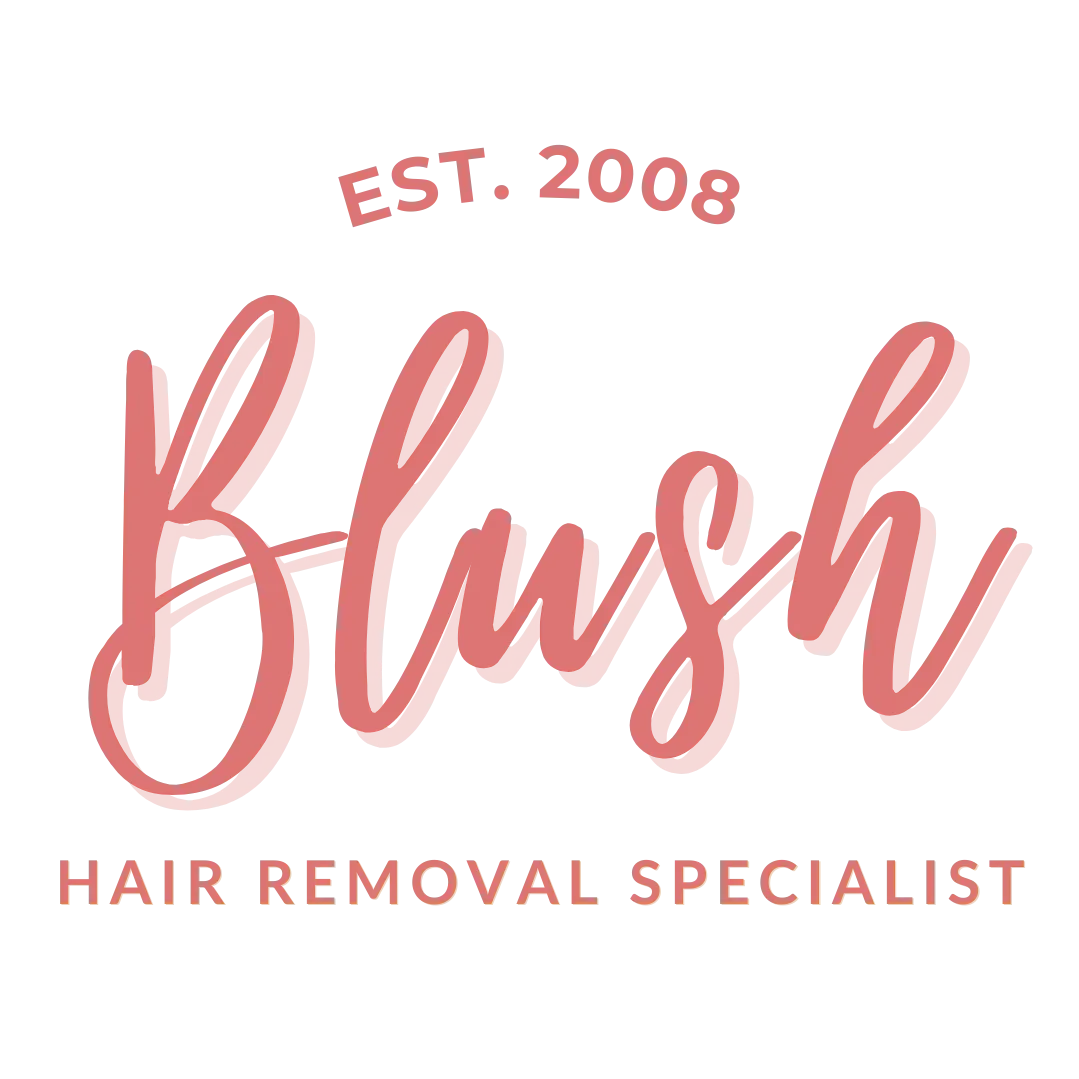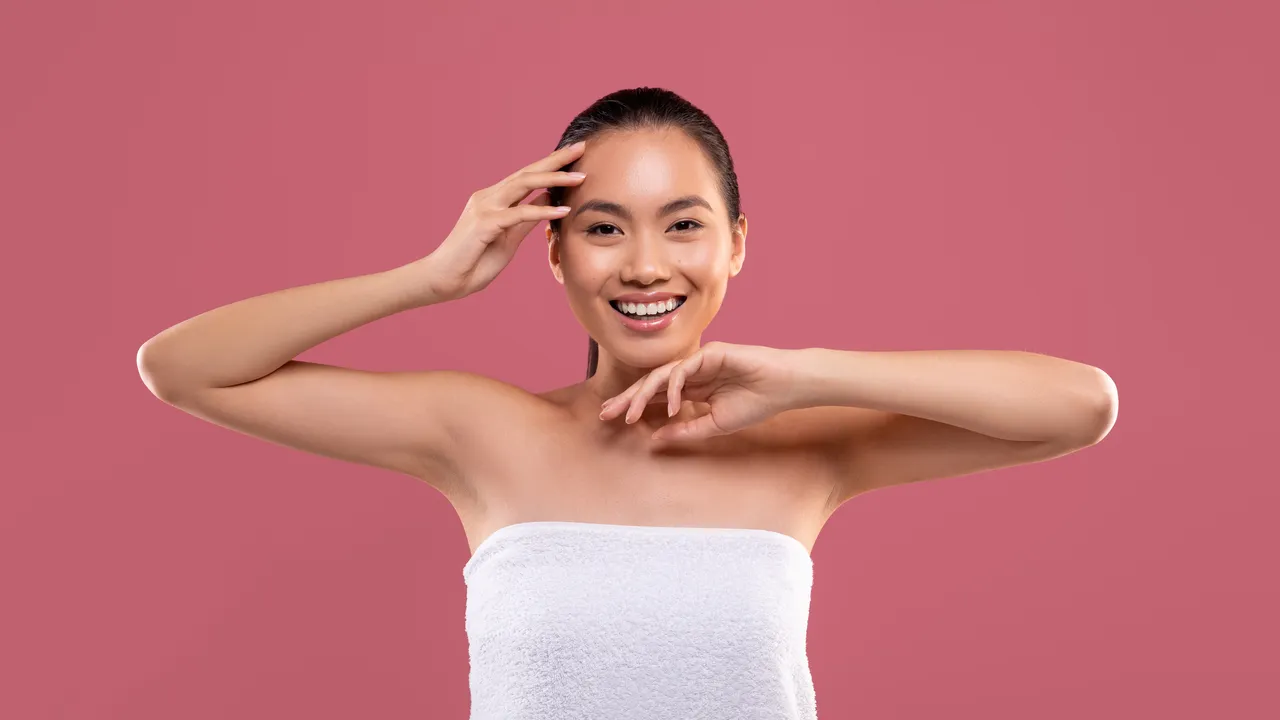Table of Contents
Proper hair removal aftercare directly affects the effectiveness of laser treatment results and the speed of recovery. After undergoing a permanent hair reduction procedure, your skin undergoes significant changes that require more attention and care. The treated area commonly turns red, swells, and can feels like a light sunburn.
Your skincare routine must adapt accordingly to promote faster healing and reduce the risk of swelling, redness, and other side effects. This comprehensive guide outlines the essential steps to follow after treatment, ensuring your skin heals properly while helping you achieve the desired results.
What Happens to Your Skin After Hair Removal
Hair removal methods like laser and IPL create specific reactions that require targeted care for optimal healing.
Common short-term reactions: redness, bumps, sensitivity
Following laser or IPL hair removal, your skin typically exhibits several reactions:
- Redness and mild swelling (experienced by approximately 80% of people)
- Sensation similar to a mild sunburn, lasting 4-6 hours
- Temporary discomfort or tenderness in treated areas
- Possible skin sensitivity for several days
- Dryness or flakiness as damaged hair follicles shed
These reactions usually subside within hours to days, depending on your skin type and the treatment area. Furthermore, people with lighter skin tones may experience darker spots, while those with darker skin might notice lighter areas temporarily. Sensitive skin types generally experience more pronounced reactions, particularly in areas with thinner skin.
Why aftercare is essential for healing and results
Proper skincare after laser hair removal significantly influences both comfort and effectiveness. Without appropriate aftercare, the tiny wounds created during treatment may become infected or heal improperly. Additionally, neglecting post-treatment care increases the risk of side effects like hyperpigmentation, scarring, or prolonged irritation.
Beyond comfort, aftercare directly affects your treatment outcomes. Specifically, following the recommended skincare routine after laser or IPL treatments ensures you achieve smoother, longer-lasting results. The longevity and effectiveness of your hair removal largely depend on how well you care for your skin during recovery.
Immediate Aftercare: First 48 Hours
The first 48 hours after laser or IPL treatment represent the most crucial period for proper hair removal aftercare. Throughout this period, your skin requires more attention to minimise discomfort and ensure optimal healing.
Cool the skin with compresses or aloe vera
Applying cool compresses helps reduce the sunburn-like sensation commonly experienced after treatment. Use a clean, soft washcloth with cool water or an ice pack wrapped in a paper towel for several minutes at a time to reduce temporary swelling and discomfort. Besides cooling the skin, this method helps constrict blood vessels and decrease inflammation. Alternatively, aloe vera gel provides excellent soothing properties for treated areas, offering hydration while reducing redness and irritation.
Avoid hot showers, saunas, and workouts
Heat exposure can worsen irritation and increase the risk of side effects. Therefore:
- Skip hot showers, baths, and swimming pools for at least 48 hours
- Avoid saunas, steam rooms, and hot tubs which can cause excessive sweating
- Postpone strenuous workouts that increase body temperature and cause friction
Instead, opt for lukewarm showers and gentle movement until sensitivity subsides.
Use gentle, fragrance-free cleansers
When cleansing treated areas, choose mild, fragrance-free products that won’t irritate sensitive skin. Harsh chemicals, strong fragrances, or exfoliating scrubs can trigger reactions on newly treated skin. Rather than scrubbing, gently pat the skin dry with a soft, clean towel after cleansing with lukewarm water.
Wear loose, breathable clothing
Tight clothing creates friction against freshly treated areas, potentially causing irritation, redness, or even ingrown hairs. Choose loose-fitting garments made from soft, breathable fabrics like cotton. This approach allows your skin to recover naturally without added pressure or rubbing against sensitive areas.
Skip makeup and deodorants on treated areas
Avoid applying makeup to facial areas that received treatment for at least 24-48 hours. Similarly, skip deodorant on treated underarms. These products may contain ingredients that sting or irritate newly treated skin, potentially causing discomfort or delaying healing. Your skin needs time to breathe and recover naturally during this initial phase of hair removal aftercare.

Ongoing Skincare Routine for Days 3–7
Days 3-7 represent a transition period where your skincare routine needs adjustments to support ongoing healing.
Moisturise regularly with soothing ingredients
Keeping treated skin well-hydrated is fundamental during this phase. Apply a gentle, fragrance-free moisturiser twice daily to maintain your skin’s barrier function and support healing. Look specifically for products containing calming ingredients such as aloe vera, chamomile, or vitamin E to reduce lingering redness. Hyaluronic acid and ceramides are likewise excellent for deep hydration without irritation. For enhanced soothing effects, store your moisturiser in the refrigerator before application.
Avoid sun exposure and apply SPF 30+ daily
Your skin remains vulnerable to UV damage after treatment. Sun exposure can cause hyperpigmentation and compromise results. Apply broad-spectrum SPF 30+ sunscreen daily to all treated areas, even on cloudy days. Reapply every two hours if outdoors. In fact, we recommend avoiding direct sunlight altogether for at least a week post-treatment. When outside, supplement sunscreen protection with wide-brimmed hats and protective clothing.
Start gentle exfoliation to aid hair shedding
Around day 5, you can begin gentle exfoliation to help loosen shedding hairs. Use a soft washcloth or mild exfoliant 1-2 times weekly, anything harsher risks irritation. This process helps clear away dead skin cells that might otherwise trap hairs and cause ingrowth. Always follow exfoliation with moisturiser to replenish hydration. Under no circumstances should you tweeze or wax shedding hairs, as this disrupts the follicles and reduces treatment effectiveness.
Watch for signs of irritation or infection
Monitor your skin closely for concerning symptoms. Contact a medical professional if you experience:
- Severe redness or swelling that worsens
- Unusual pain or discomfort
- Signs of infection such as warmth, oozing, or fever
- Rash or hives that persist or spread
- Dark patches or abnormal pigmentation
Long-Term Skincare Guide for Lasting Results
Beyond the initial recovery weeks, long-term results from hair removal treatments require ongoing commitment to proper skincare.
Avoid waxing or plucking between sessions
Throughout your treatment course, never wax, tweeze, or use depilatory creams on the treated areas. These methods remove hair from the follicle, leaving nothing for the laser to target at your next session. Shaving remains acceptable as it only removes hair above the skin’s surface while leaving the follicle intact for laser targeting.
Choose skincare products for sensitive skin
Select products specifically formulated for sensitive skin:
- Opt for fragrance-free, dye-free formulations
- Avoid products containing alcohol or harsh chemicals
- Choose items labelled “gentle” and suitable for sensitive skin
Schedule follow-up treatments as advised
Hair removal typically requires multiple sessions to achieve optimal results, with each session targeting hair in different growth phases. Missing appointments can disrupt this cycle and reduce overall effectiveness.
Maintain a consistent skincare routine
Ultimately, consistency becomes the cornerstone of successful long-term results. Genuine results don’t happen overnight; patience and regular care (approximately 3-4 weeks) is required for noticeable improvements. Stick to a simple routine of cleansing, moisturising, and protecting with sunscreen daily to maintain your investment in smoother skin.
Conclusion
Hair removal aftercare is more than just an extra step; it’s key to achieving smooth, lasting results. By following proper care from cooling and hydration to consistent sun protection, you help your skin recover faster and enhance the effectiveness of each session. Patience and consistency make all the difference as healthy, radiant skin takes time and care.
Ready to begin your journey to smoother, confident skin? Book your professional laser or IPL hair removal session with Blush today.
FAQs
How soon after laser hair removal can I resume my regular skincare routine?
It’s best to wait at least 24 hours before applying any products to the treated area. Your skin is particularly sensitive following treatment, so keep it product-free for the first day. After that, gradually reintroduce gentle, fragrance-free products.
What are the essential steps for laser hair removal aftercare?
Key aftercare steps include applying cool compresses to soothe the skin, wearing loose-fitting clothes, using lukewarm water for cleansing, and avoiding sun exposure. It’s also important to moisturise regularly with gentle, fragrance-free products and to apply a broad-spectrum SPF 30+ sunscreen daily.
How can I speed up the healing process after laser hair removal?
To promote faster healing, keep the treated area cool and hydrated. Apply aloe vera gel to reduce swelling and redness. Avoid hot showers, saunas, and strenuous exercise for the first 48 hours. Gentle moisturising and sun protection are also crucial for speedy recovery.
Is it necessary to moisturise after IPL treatment?
Yes, moisturising after IPL treatment is essential. Use a gentle, fragrance-free moisturiser to keep the skin hydrated and support the healing process. This helps maintain the skin’s barrier function and can reduce any post-treatment dryness or flakiness.
How long should I wait between laser hair removal sessions?
It’s generally recommended to wait at least four weeks between laser hair removal sessions. This allows time for treated hair to shed and for the skin to fully recover. However, the exact timing can vary depending on the treatment area and your individual hair growth cycle, so always follow your practitioner’s specific advice.

